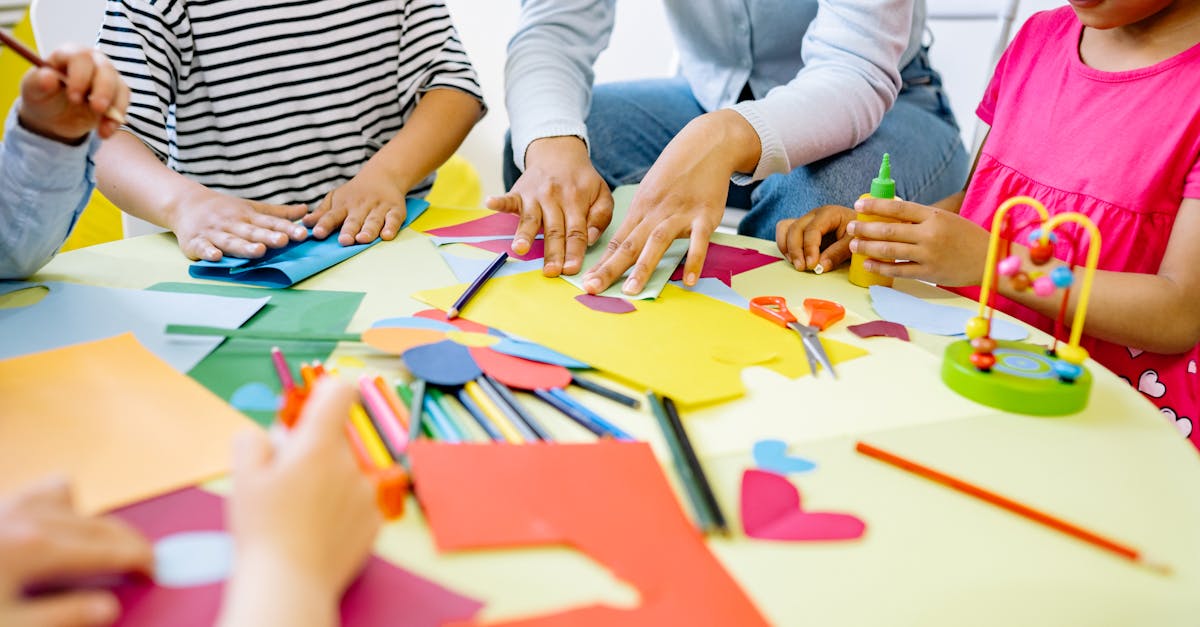AI in Education: Boon or Bane?
AI technology is revolutionizing many industries, including education. Can it replace traditional pre-school teaching methods? Parents, let’s dive into this engaging topic! Many experts argue that AI offers personalized learning, but what about the irreplaceable human touch? Let’s explore the potential benefits and emotional challenges of integrating AI in pre-schools.

Benefits of AI in Pre-school Classrooms
AI can enhance preschool education by offering tailored learning experiences. Imagine an AI tutor that adapts to your child’s pace and learning style. Cool, right? These smart systems can identify your kid’s strengths and weaknesses, offering content that matches their skill level. As a result, learning becomes more engaging and effective. But wait, is it as simple as it sounds? There’s much more to consider!

The Emotional Side: Human Touch vs. AI
Technology can’t replace the emotional connection between teachers and students. Kids need a nurturing environment filled with love and human interaction. Can a robot give a comforting hug or understand the emotional needs of a child? Parents often worry that excessive reliance on AI might strip away the emotional richness of traditional teaching methods. How do we strike a balance here?

Balancing Screen Time with Playtime
Balancing screen time and playtime is crucial. While AI can make learning fun and interactive, too much screen time can have adverse effects. Kids also need hands-on activities like building blocks, painting, and outdoor play. These activities foster creativity, social skills, and physical development. Trust me, you don’t want your child to become a little robot!

Practical Tips for Parents
Parents play a critical role in integrating AI effectively at home. Here are some practical tips:
- Choose quality educational apps that complement traditional learning methods.
- Set a schedule that balances screen time with other activities.
- Observe how your child interacts with AI and make necessary adjustments.
- Engage with your child during these learning sessions to maintain emotional bonding.

Implementing these tips can create a conducive environment for your child’s healthy interaction with technology.
Stories of Successful Integrations
There are success stories of schools that have integrated AI seamlessly with traditional teaching. For instance, some pre-schools use AI to personalize learning while teachers focus on emotional and social development. And guess what? Parents have reported noticeable improvements in their children’s engagement and performance. It’s possible to achieve a win-win situation!

Join the Conversation!
What do you think, parents? Can AI replace traditional pre-school teaching methods, or should it only complement them? Share your thoughts and experiences in the comments below. Let’s create a vibrant discussion to help each other understand the best ways to educate our kids in this technological era.

Feel free to engage and share your insights.
